
About:
- These are regions on the sun’s surface from where fast solar wind gushes out into space. Because they contain little solar material, they have lower temperatures and thus appear much darker than their surroundings.
- Here, the magnetic field is open to interplanetary space, sending solar material out in a high-speed stream of solar wind.
- Coronal holes can last between a few weeks to months.
- The holes are not a unique phenomenon, appearing throughout the sun’s approximately 11-year solar cycle.
- They can last much longer during solar minimum – a period of time when activity on the Sun is substantially diminished, according to NASA.
Causes:
- While it is unclear what causes coronal holes, they correlate to areas on the sun where magnetic fields soar up and away, without looping back down to the surface as they do elsewhere.
Impacts:
- These ‘coronal holes’ are important to understanding the space environment around the earth.
- Scientists study these fast solar wind streams because they sometimes interact with earth’s magnetic field, creating what’s called a geomagnetic storm, which can expose satellites to radiation and interfere with communications signals.

About:
- According to the proposal, all taxpayers, barring trusts and non-profit organisations, can use the common ITR form, which also includes a separate head for disclosure of income from virtual digital assets.
- The draft ITR form aims to bring ease of filing returns and reduce the time for filing the ITR by individuals and non-business-type taxpayers considerably.
- It proposes to introduce a common ITR by merging all the existing returns of income except ITR-7. However, the current ITR-1 and ITR-4 will continue.
- This will give an option to such taxpayers to file the return either in the existing form (ITR-1 or ITR-4), or the proposed common ITR, at their convenience.
Current Scenario:
- There are seven kinds of ITR forms, which are used by different categories of taxpayers. They are as follows:
- ITR Form 1, called ‘Sahaj’, is for small and medium taxpayers. Sahaj forms can be filed by individuals who have an income up to Rs 50 lakh, with earnings from salary, one house property/ other sources (interest etc).
- ITR-2 is filed by people with income from residential property.
- ITR-3 is intended for people who have income as profits from business/ profession
- ITR-4 (Sugam) is, like ITR-1 (Sahaj), a simple forms, and can be filed by individuals, Hindu Undivided Families (HUFs) and firms with total income up to Rs 50 lakh from business and profession.
- ITR-5 and 6 are for limited liability partnerships (LLPs) and businesses respectively.
- ITR-7 is filed by trusts and non-profit organisations.

About:
- The report was released by the United Nations Environment Programme (UNEP).
- It is managed by the UNEP Copenhagen Climate Centre.
- It serves as a “scientifically authoritative source of timely and policy-relevant information to key decision-makers,” guiding the UNFCCC process and implementing the Paris Agreement.
- The Paris Agreement, adopted by 196 countries in 2015 at COP 21, was aimed at limiting global warming and maintaining the average global temperature rise, ideally, to below 1.5°C.
Highlights:
- The report found that the updated pledges by countries, also known as nationally determined contributions (NDC) under the Paris Agreement, only reduce the projected greenhouse emissions by 1 per cent by 2030.
- It is roughly equivalent to 0.5 gigatonnes of CO2.
- This is when a 45 per cent reduction is required for the world to limit global warming to 1.5°C above pre-industrial levels.
- The pre-industrial period is generally considered to be between 1850 and 1900.
4. Zojila Day
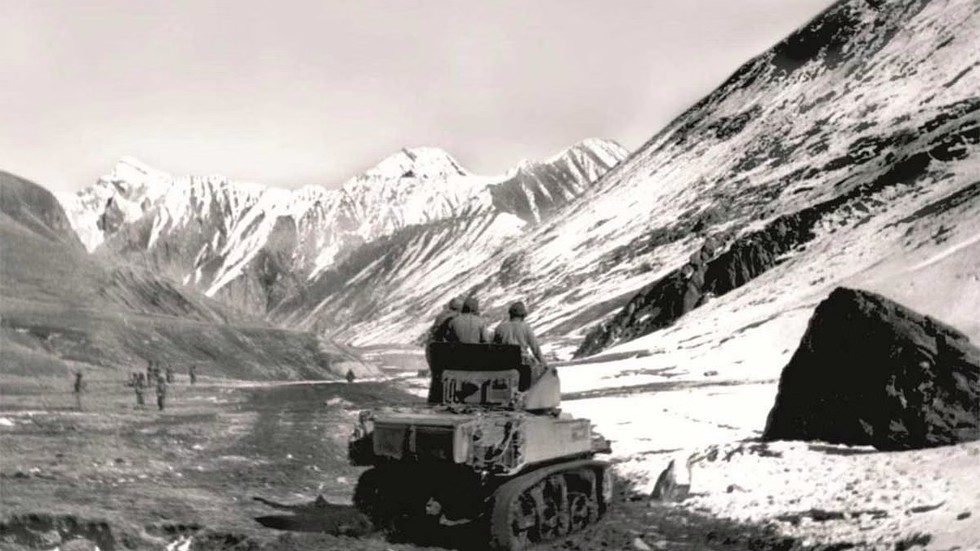
About:
- It aims to celebrate the gallant action by Indian troops in 'Operation Bison' in 1948 which was launched on the icy heights of Zojila pass, the gateway to Ladakh.
- This day marked the Indian Army's historic win over the Pakistani regulars and infiltrators, and helped recapture the strategic Zojila Pass
- This battle was also historic for the reason that tanks were used for the first time at such heights.
Zojila Pass:
- Zojila is a pass connecting the Kashmir Valley with the cold Indus valley desert in Ladakh region through the 434-km strategic Srinagar-Leh National Highway.
- It runs at an elevation of approximately 3,528 metres (11,575 ft), and is the second highest pass on the Srinagar-Leh National Highway after Fotu La.
- It is often closed during winter. The Beacon Force unit of the Border Roads Organisation (BRO) is responsible for its clearing and maintenance during Winter.
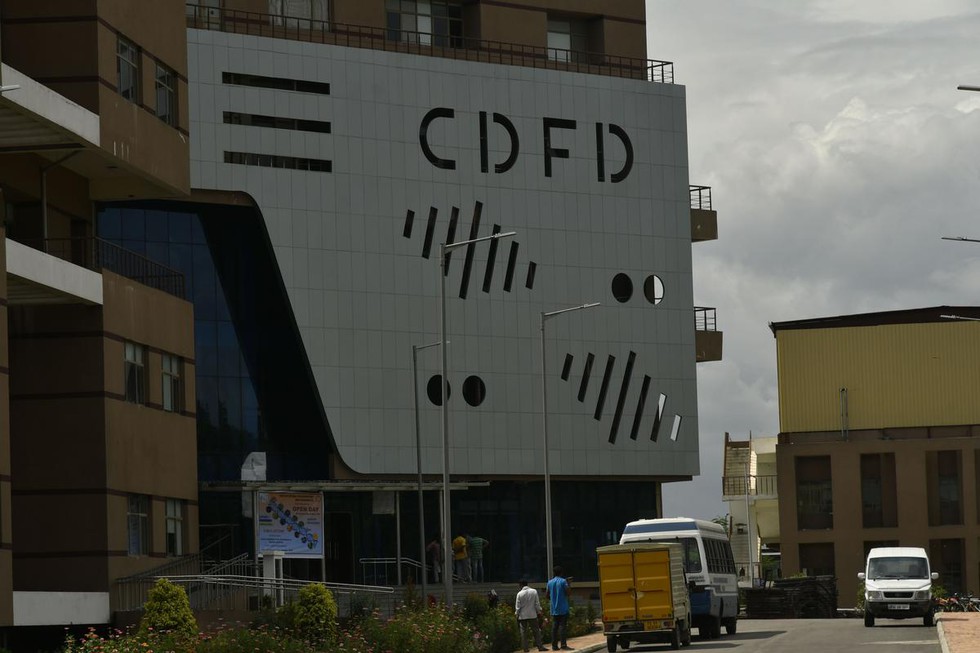
About:
- The ‘Mission on Paediatric Rare Genetic Disorders (PraGeD)’ is a PAN-India initiative funded by the Department of Biotechnology (DBT), Ministry of Science and technology, Government of India.
- The centre will be collaborating with paediatrics departments of medical colleges besides, DBT’s own diagnostic centres set up under the Unique Methods of Management of Inherited Disorders (UMMID) programme and others across India to analyse samples from children with rare genetic disorders and their parents.
- CDFD is developing a state of the art facility to study the Pediatric Rare Genetic Diseases.
- Scientists at the CDFD will perform high-throughput Whole Exome Sequencing (WES)/ Whole Genome Sequencing (WGS), analysis of sequence data, functional validation of the novel genes/variants, a database of phenotype-genotype to determine which gene/mutation(s) cause rare disease condition
Rare Genetic Disorders:
- The rare genetic diseases are a global public health concern with 350 million people affected worldwide and about 70 million Indians.
- They are common in South Asia and underestimated.
- About 95% of the rare genetic diseases do not have a single approved drug for treatment with about 30% children suffering and many may not live till the age of five.
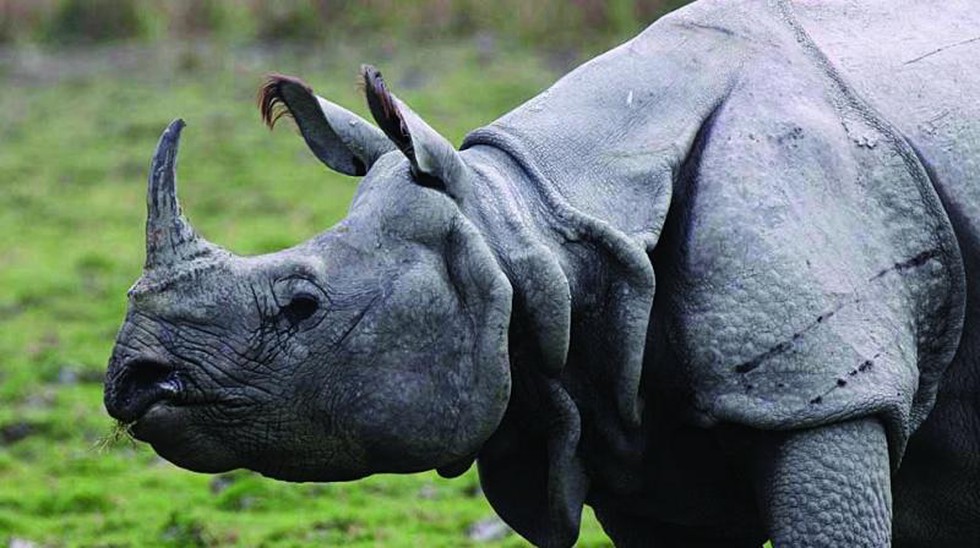
About:
- The recent study analysed artwork and photographs of the animal spanning more than five centuries.
Five species face threat:
- Rhinos have long been hunted for their horns. The five surviving rhino species are threatened by habitat loss and hunting.
- The study found that the rate of decline in horn length was highest in the critically endangered Sumatran rhino and lowest in the white rhino of Africa, the most commonly found species in the wild and in captivity.
- This observation follows patterns seen in other animals, such as tusk size in elephants and horn length in wild sheep, which have been driven down by directional selection due to trophy hunting.
The Greater One-horned Rhinoceros:
- The greater one-horned rhino (or “Indian rhino”) is the largest of the rhino species.
- It is identified by a single black horn and a grey-brown hide with skin folds.
- It is one of the five species of Rhinos.
- The other four species are:
- White rhino: It is native to northern and southern Africa
- Black rhino: It is native to eastern and southern Africa
- Javan rhino: It is also known as Sunda rhino or lesser one-horned rhino
- Sumatran rhino: Critically Endangered species of rhino
- Habitat:
- Greater one-horned rhinos are grazers. When not grazing on land, they like to immerse themselves in water, where they also graze on aquatic plants.
- This species of rhino is commonly found in Nepal, Bhutan, Pakistan and in Assam, India.
- Protection Status:
- IUCN Red List: Vulnerable
- CITES: Appendix I
- Wildlife Protection Act, 1972: Schedule I
- The other four species are:
7. Ballistic Missile Defence (BMD) interceptor AD-1 missile
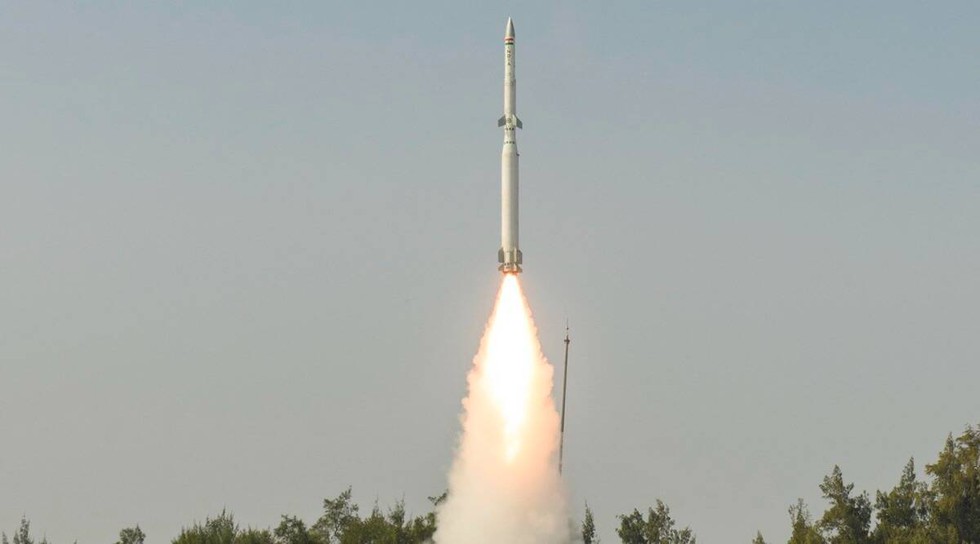
About:
- The AD-1 is a long-range interceptor missile designed for both low exo-atmospheric and endo-atmospheric interception of long-range ballistic missiles as well as aircraft.
- It is propelled by a two-stage solid motor and equipped with indigenously-developed advanced control system, navigation and guidance algorithm to precisely guide the vehicle to the target that move at very high speeds.
- The fully functional ballistic missile defence system contained high-power radars and could potentially protect large areas from the adversary missile or other air attacks.
Anti-ballistic missiles:
- The development of anti-ballistic missiles is said to have started by the DRDO around the 2000s in view of the development of ballistic assets by Pakistan and China.
- The phase-1 of the programme is said to have been completed towards the end of 2010s and consisted of the advanced air defence systems and air defence systems based on the Prithvi missile.
- The second phase, according to sources, focuses on the development of anti-ballistic defence systems like the US’s Theatre High-Altitude Area Defence system, which can neutralise intermediate-range ballistic missiles.
- The AD-II, which is capable of neutralising missiles of even higher ranges, is also said to be under development.
8. Donyi Polo Airport, Itanagar
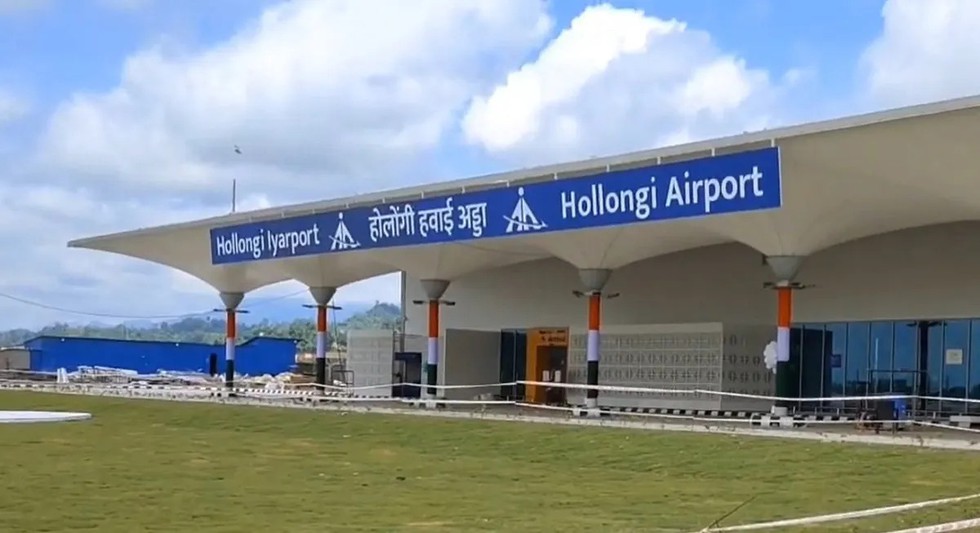
About:
- The name reflect the people’s reverence of the Sun as Donyi and the Moon as Polo to symbolize the traditions and rich cultural heritage of the State.
- In January,2019, the Central government granted in-principle’ approval for development of Hollongi Greenfield Airport.
- The project is being developed by Airports Authority of India with the help of Central Government and the State Government of at a cost of ₹646 crore.
- With a 2,300 metre runway, the greenfield airport is the first in Arunachal Pradesh to have the capacity to land big aircraft.
- The Hollongi airport is the state’s third after Pasighat and Tezu airports and only airport in the capital city.
- The central government had earlier accorded its approval for setting up of the “greenfield airport" under the `Capital Connectivity Scheme` to build up fixed wing air connectivity facility to the state capital.
- The Donyi Polo airport in Itanagar is northeast India`s 16th airport.
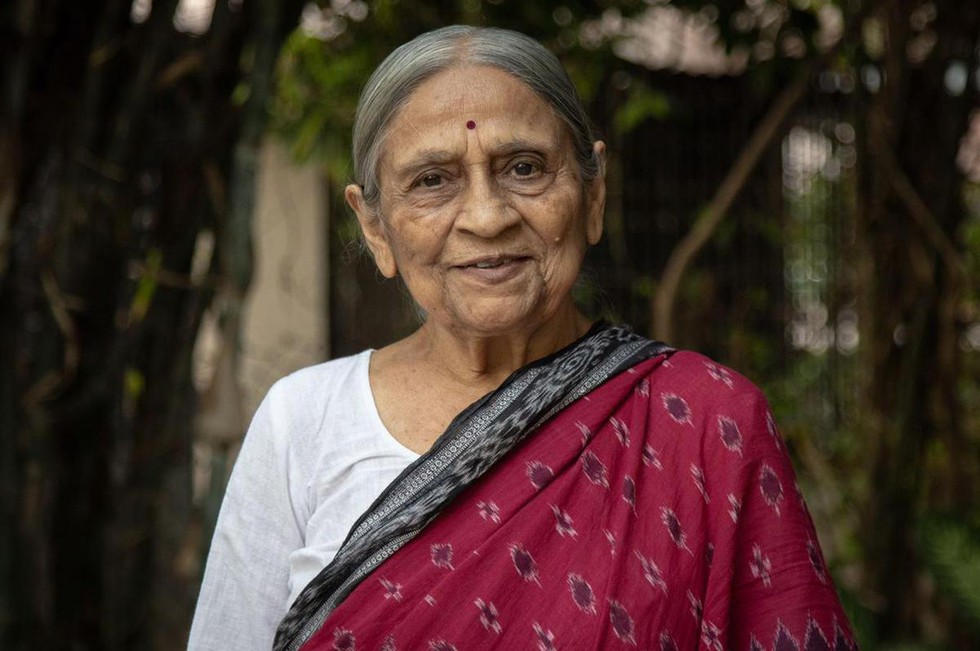
About:
- She was known as the "Gentle Revolutionary" who changed the lives of lakhs of women through her organisation, providing them microloans for five decades.
- She was the founder of the Self-Employed Women’s Association (SEWA).
- SEWA was founded by her in 1972. It is one of the largest cooperatives working for women, with a base of over two million members from around 18 States in the country and in neighbouring nations.
- She headed the women’s wing of Majoor Mahajan Sangh – the Textile Labour Association founded by Anasuya Sarabhai and Mahatma Gandhi.
- She was the chairperson of the Sabarmati Ashram Memorial and Preservation Trust, also co-founded the Women’s World Banking, a global network of microfinance organisations, of which she was chairperson from 1984 to 1988.
- She was also nominated to Rajya Sabha, was a member of the Planning Commission, and was advisor to organisations like the World Bank.
- In 2007, she joined the Elders, a group of world leaders founded by Nelson Mandela to promote human rights and peace.
- She was a recipient of the Padma Bhushan, Ramon Magsaysay Award and Indira Gandhi International Prize for Peace among many other awards.

About:
- The Ethanol Blending Programme (EBP) seeks to achieve blending of Ethanol with motor sprit with a view to reducing pollution, conserve foreign exchange and increase value addition in the sugar industry enabling them to clear cane price arrears of farmers.
- The EBP programme was launched by the Ministry of Petroleum and Natural Gas in 2003, to promote the use of alternative and environment friendly fuels.
- Under this programme, starting with 5% blending, the government later increased the target of 10% ethanol blending by 2022.
- India's goal is to grow this ratio to 20% by 2030, but when the NITI Aayog released the ethanol roadmap in 2021, that deadline was advanced to 2025.





























































































































































.png)
.png)
.png)
.png)
.png)


.png)
.png)
.png)





.png)
.png)






.png)
.png)
.png)
.png)
.png)
.png)
.png)
.png)
.png)

.png)







.png)
.png)


.png)
.png)
.png)


.png)

.png)
.png)





.jpg)

.png)
.png)


.png)

.png)
.png)
.png)

.jpg)

.jpg)


.png)

.png)
.png)
.png)
.png)
.png)
.png)
.png)
.png)
.png)
.png)




.png)

.png)





.png)
.png)
.png)
.png)
.png)
.png)
.png)
.png)
.png)
.png)
.jpg)
.jpg)

.png)
.png)
.png)
.png)
.png)
.png)
.png)
.png)
.png)
.png)
.png)
.png)
.png)
.png)
.png)
.png)
.png)
.png)
.png)
.png)
.png)
.png)



.png)
.png)

.jpg)
.jpg)


.jpg)
.jpg)
.jpg)
.jpg)
.jpg)

.jpg)








.jpg)
.jpg)
.jpg)
.jpg)
.jpg)

















.jpg)
.jpg)







.jpg)


















.jpg)
.jpg)



























































































.jpg)
.jpg)


























.jpg)

.jpg)










.jpg)








.jpg)




.jpg)










.jpg)


















.jpg)












































.jpg)














.jpg)
.jpg)
.jpg)





.jpg)

.jpg)
.jpg)





































































.jpg)


































.jpg)
.jpg)
















































.jpg)












.jpg)


.jpg)




.jpg)
.jpg)
.jpg)

.jpg)
.jpg)
.jpg)
.jpg)

.jpg)
.jpg)
.jpg)

.jpg)
.jpg)
.jpg)
.jpg)
.jpg)
.jpg)
.jpg)
.jpg)

.jpg)


.jpg)
.jpg)
.jpg)
.jpg)
.jpg)
.jpg)
.jpg)
.jpg)
.jpg)
.jpg)











.jpg)
.jpg)





.jpg)
.jpg)
.jpg)
























.jpg)
























.jpg)









.jpg)
.jpg)







.jpg)
.jpg)









































.jpg)
.jpg)
.jpg)
.jpg)
.jpg)

.jpg)
.jpg)
.jpg)
.jpg)
.jpg)


.jpg)
.jpg)
.jpg)
.jpg)
.jpg)

.jpg)
.jpg)
.jpg)
.jpg)
.jpg)
.jpg)
.jpg)
.jpg)
.jpg)
.jpg)
.png)

.png)
.png)

.png)
.png)
.png)
.png)


.jpg)
.jpg)

.jpg)
.jpg)
.jpg)

.png)
.png)
.png)
.png)
.png)
.png)
.png)

.png)
.png)
.png)
.png)
.png)
.png)
.png)
.png)
.png)
.png)





































































-min.png)



.png)




.png)








































